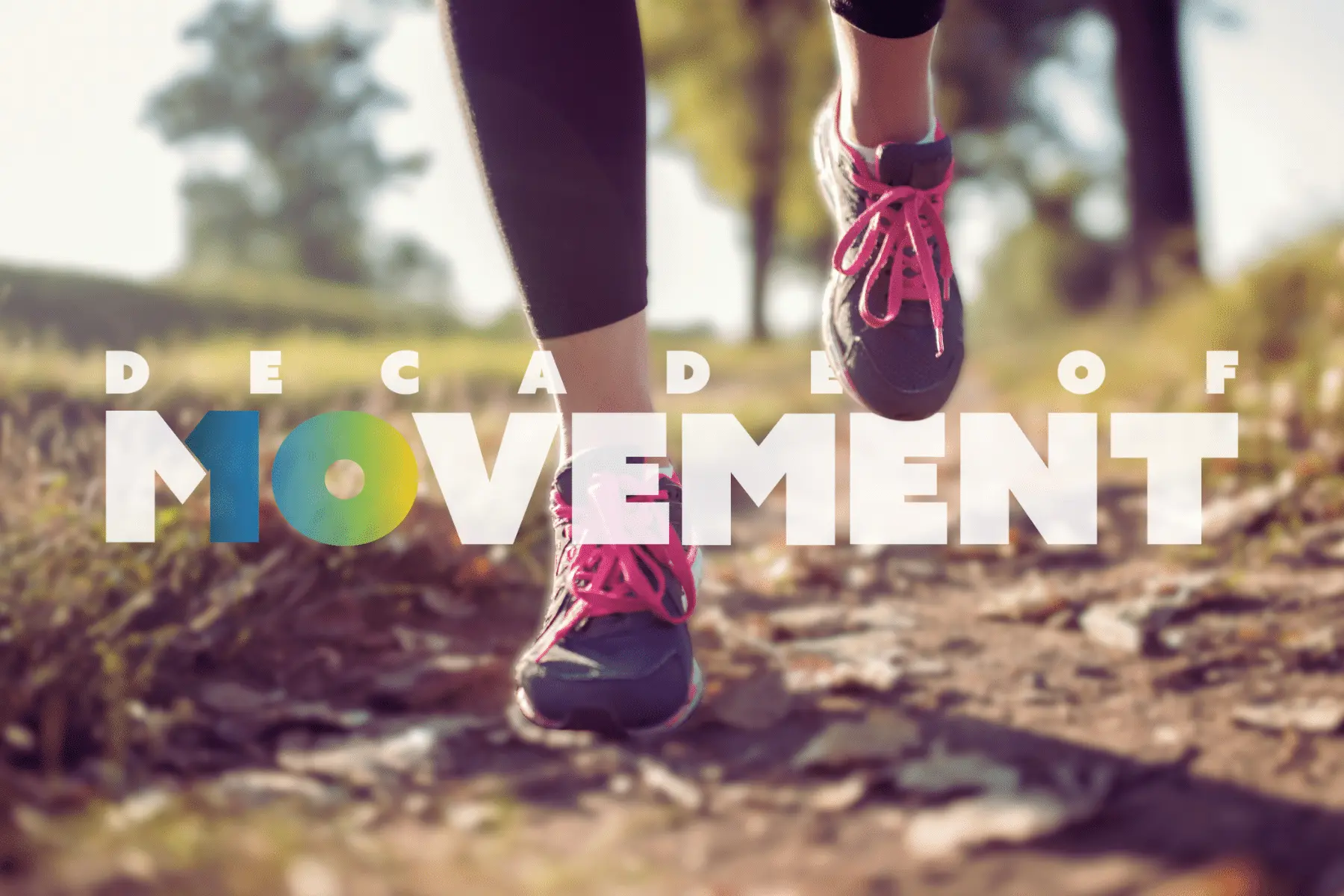Wearable devices that monitor movement can prevent work-related injuries. However, employees may be skeptical about using new technology, especially when it tracks their daily tasks. Employees may feel that wearable injury prevention technology could put them under scrutiny, is disruptive of their privacy, or simply, they don’t understand the benefits.
But this is not the case. Initially developed for elite sports, wearable injury prevention technology has transitioned over to the everyday workplace. When harnessed correctly, the right monitoring technology can considerably decrease the risk of musculoskeletal disorders.
As we know, musculoskeletal injuries are among the costliest for employers and employees. Wearable workplace injury prevention solutions are a proven way to decrease MSK injuries, flag ongoing risks, and improve safety training programs. However, the success of these programs hinges on the workers’ willingness to participate.
So, the real question is: how can safety managers introduce injury prevention technology in a way that communicates better care—not surveillance?
To answer this multi-faceted question, we hosted a panel discussion with three industry leaders to talk about the challenges to new injury prevention technology in the workplace. This discussion with Bardavon’s Vice President of Injury Prevention, Scott Coleman, National Safety Council Senior Program Manager III, Sarah Ischer, and Dorothy Riviere, Bardavon’s chief clinical officer, shares the tactical ways you can get employees onboard to embrace critical injury prevention technology in your workplace.
Read on as we share some highlights from the conversation. Want to listen to the 45-minute panel discussion? Check it out here.
What are the Objections to Investing in Workplace Injury Prevention?
Although injury prevention technology can lower the risk of workplace injuries, resistance to change is expected. Our panelists, Sarah, Scott, and Dorothy have encountered common objections to investing in injury prevention, such as concerns about costs, employee participation, and overly complex data.
Employers Are Afraid to Blow Budget on New Injury Prevention Technology
Investing in an injury prevention program will cost money, and an up-front price tag may deter employers that are rightfully concerned about their bottom line. Dorothy heads Bardavon’s Value Creation team and has thoroughly examined the advantages of investing in injury prevention—especially the return on investment.
“An average claim is $43,000. If you look at backs and shoulders, an average claim could cost anywhere from $50,000 to $100,000,” says Dorothy. “It doesn’t take limiting and avoiding many injuries in order to truly pay for a preventative approach.”
MSK injuries are associated with direct and indirect expenses that add up. Increased workers’ comp premiums, reduced productivity, replacement training, overtime pay, and other expenses can inflate the price of a single injury. Preventing a few injuries each year can pay for an IP program and even save employers money.
Employees are Hesitant to Get on Board with New Workplace Injury Prevention Tech
For a workplace injury prevention program to be successful, it’s crucial that employees fully embrace it. However, some employers and safety professionals may hesitate to implement such a program if they feel it will be a tough sell. Employees and managers may have concerns about intrusive technology that could complicate their work, or they may worry about feeling constantly monitored like they’re being watched by “big brother.”
However, we have accepted all kinds of technology into our lives, including features like geolocation or heart rate monitoring.
The difference is that we opt into those technologies after understanding their purpose. Your GPS helps you avoid getting lost, and your smartwatch helps you reach your health goals.
But injury prevention technology doesn’t need to track your location or heart rate to be effective. According to Scott, helping employees understand that the technology is solely intended to detect high-risk movements is essential.
Scott says, “If the workers are educated about the benefits of measuring their movements to identify the best way for them to perform their task to reduce their injury risk, then they are a lot more open to using the technology.”
Safety Managers are Worried That Overwhelming Injury Prevention Data Will Complicate Their Jobs
You can create technology that captures all kinds of data, but that information has to inform decisions that actually reduce risk.
Early injury prevention technology tracked everything from heart rate to galvanic skin response, and safety professionals and sports trainers experienced “paralysis by analysis,” where they couldn’t see the actionable information within the overwhelming amount of data.
Safety managers may not want to add technology to their toolkit that they think will complicate their lives and the lives of their workers.
Fortunately, today’s wearable tech in the workplace is fine-tuned to collect only the most relevant data. Plus, information can be packaged in a way that makes the safety professional’s job easier—not more complicated.
For instance, Bardavon’s Injury Prevention Suite combines wearable technology with easy-to-understand dashboards along with AI and human coaching.
How Can We Take the Big Brother Fear Out of Injury Prevention Technology?
It’s essential to be open and clear about the purpose and function of your program to alleviate concerns that injury prevention technology might be intrusive. This may require some training for employees, but gaining their support and involvement is crucial.
“Lead with what your goals are,” says Sarah. “Start small and let everyone get some buy-in and understand how you’re using it before you roll something out.”
Employees should also understand what information is not collected.
Accumulating too much data makes workers feel like they are under surveillance for reasons outside of their health and safety. For instance, even monitoring heart rates can make workers feel like their employers are checking to see if they are working hard enough.
GPS tracking may also make employees nervous. Workers don’t want to feel like the amount of time they spend in the breakroom, bathroom, or other job site areas is being tracked and monitored.
Those data points may not be relevant to reducing MSK injury risk. When Scott was developing our workplace injury prevention program, he found what information was most important to preventing musculoskeletal disorders.
“We made sure we looked at the main problem,” Scott said. “…which were the movements the workers were doing to exert the force required to do the task.”
Efficient and safe movement is the most critical metric to uncover.
“How do we ensure that we are in their corner?” says Dorothy. “We have to help workers understand how they move and what they need to do to move differently to improve whatever problem they have.”
Why is Now the Time for Workplace Injury Prevention?
“If not now, when?” says Sarah. “MSDs are the most common workplace injury, so they are something we should really be prioritizing and focusing on.”
Effectively addressing MSDs can make a significant difference in reducing injury costs and consequences in the workplace.
As Scott points out, both cost and technology have improved significantly. “Cost is a big component. Over the past six years, I’ve seen the costs come down.” Scott adds, “The technology has been refined to help the safety professional identify and reduce the injury risks, but also, the workers are more accepting of the use of technology to help protect themselves.”
Technology and workplace injury prevention programs have developed to the point where we are ready to take on the challenge of MSDs in the workplace. It’s time to take the first steps in learning how you can implement injury prevention in your workplace. Watch the full panel discussion to learn more.

